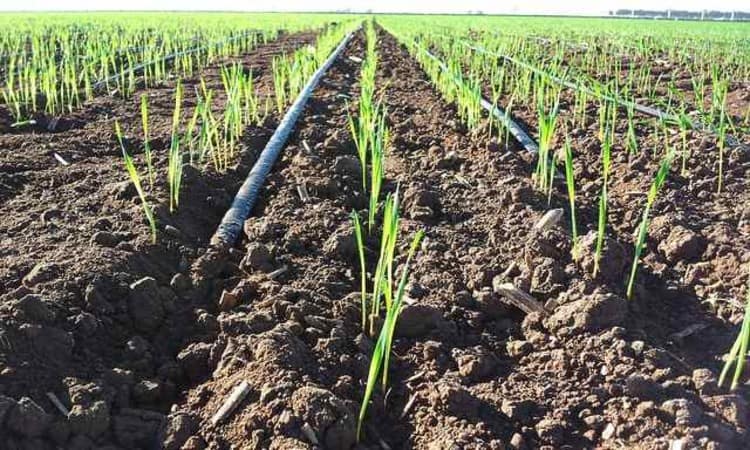One major outcome of the 2012 Rio+20 United Nations conference was the agreement to develop a set of truly universal Sustainable Development Goals (SDGs) to supplant the Millennium Development Goals under the post-2015 development agenda. Although discussions on the final SDGs, targets, and indicators are still ongoing, it is clear that food security is very high on the list of priorities. Increases in agricultural production have successfully lifted millions of people out of poverty and hunger; however, some of the most successful practices for productivity have left behind a legacy of environmental degradation that threatens future prospects of feeding a growing planet on a declining natural resource base.
In the wake of Rio+20 and the development of the SDGs, 2013 witnessed a growing number of articles and debates around the concept of sustainable (agricultural) intensification (SI). While definitions abound, key elements of SI include an approach to agriculture that devotes as much attention to environmental protection as it does to increasing food production. Sustainable intensification may entail a radical rethinking of production systems, including through innovative farming technologies, to boost yields while drastically reducing adverse environmental effects.
The question is whether or not such a “win-win” scenario is possible and at what scale. How do we target investments? Which technology has the potential to increase yields and reduce environmental impacts? What is their actual potential in different regional and country contexts? And which technologies should be preferred under various future climate change scenarios?
A new IFPRI study aimed at answering some of these questions for three key staple crops (maize, rice, and wheat) was highlighted in The Promise of Innovative Farming Practices, a chapter of the 2013 Global Food Policy Report published last month. The study identified a range of agricultural technologies and practices, including drought-tolerant and heat-tolerant varieties, integrated soil fertility management, no-till farming, nitrogen use efficiency, precision agriculture, advanced irrigation systems, and water harvesting as having substantial potential for crop yield improvements while also improving environmental outcomes. These technologies were simulated in crop models to assess yield impacts, water use, and nitrogen losses by 2050 under alternative climate change scenarios. The results were then incorporated into a global economic model to assess implications on international food prices, changes in cultivated area, and improvements in food security.
The study finds that accelerated adoption of nitrogen use efficient varieties, heat tolerant varieties, no-till, and precision agriculture have the largest overall potential for increasing yields of wheat, rice, and maize globally. The same technologies, with the addition of integrated soil fertility management, have the largest potential to reduce nitrogen losses and limit further expansion of cropland, thus preserving important remaining forest areas.
However, the effects are highly location- and crop-specific, meaning that the relative effect of these technologies varies between and within regions, and between different countries and crops. Importantly, South Asia and Africa south of the Sahara—the two regions with the highest incidence of hunger according to the 2013 Global Hunger Index—are also where the technologies offer some of the largest increases in yields for these crops, as well as the largest potential for reducing the number of people at risk of hunger by 2050.
Technologies such as these can improve both productivity and environmental outcomes, but getting there requires identifying and deploying technologies that work best on both fronts under different national and regional conditions. Given the significant lag effect in getting technologies onto farmers’ fields, it’s time to start investing in these technologies now.






